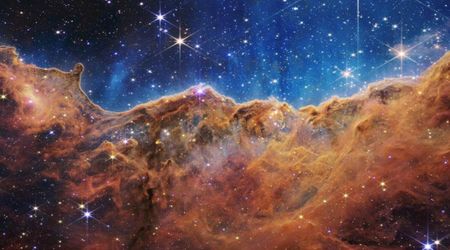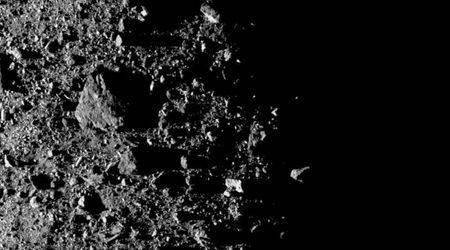Virgin Galactic plans 2026 comeback for spaceflights with hiked prices after two-year hiatus

Virgin Galactic expects its hiatus from spaceflights to be about two years, with a planned return in 2026. The company's last suborbital tourism flight was in June 2024 with the VSS Unity, which has now been retired. Virgin Galactic is shifting its focus to developing more advanced and efficient "Delta class" spacecraft, each capable of carrying six passengers, and anticipates the first of these new vehicles will launch next year, reported Space.com.

The CEO of Virgin Galactic, Michael Colglazier, said during an earnings call with investors on May 15, "An enormous amount of work is taking place across our company, as well as at our key suppliers." He further added, "We continue to expect our first [Delta] research spaceflight will take place in the summer of 2026, with private astronaut flights following in the fall of 2026." During a call detailing Virgin Galactic's first-quarter 2025 financial results, several updates were shared regarding their customer plans. The company, which currently has approximately 675 customers, intends to reopen flight reservations in the first quarter of 2026. This will be managed through a new, highly personalized "educational sales process that will onboard new clients in distinct waves."

To this, Colglazier said that this wave-by-wave approach is designed to enhance customer service. He further added, "Tailoring the number of new arrivals into our future astronaut community during each wave allows us to provide a white-glove onboarding experience that will form the foundation of each customer's journey to space. From a yield-management perspective, this allows us to adjust our pricing wave by wave." While new ticket prices have not been finalized, they are expected to be higher than the $600,000 paid by recent customers.
Virgin Galactic is actively constructing two Delta-class spacecraft and intends to expand its fleet. Once the first Delta ship is operational, the company expects a significantly accelerated flight schedule, with each new space plane designed to fly twice weekly. This represents a considerable increase in frequency compared to the VSS Unity, which completed only seven commercial passenger flights before its retirement. Furthermore, Virgin Galactic continues to explore alternative uses for its carrier aircraft, specifically a variant called HALE (High Altitude Long Endurance), which is heavy and capable of carrying payloads other than spacecraft, as mentioned by the outlet.
Colglazier noted, "Since last quarter, we've connected with leaders within the Department of Defense, national laboratories, as well as aerospace and defense companies to ascertain the potential product market fit of our carrier aircraft capabilities with government customer needs." He added, "We've been encouraged by initial feedback, which has identified both existing and emerging missions that could potentially benefit from access to HALE-Heavy support aircraft," citing examples such as "airborne research and development testing; intelligence, surveillance and reconnaissance support; command and control node capabilities; and multiple opportunities within the emerging Golden Dome [missile defense] initiative." While all of Virgin Galactic's suborbital missions to date have launched from Spaceport America in New Mexico, the company is actively seeking to establish a second launch site. This new operational base is anticipated to be located in either Europe or the Middle East.









